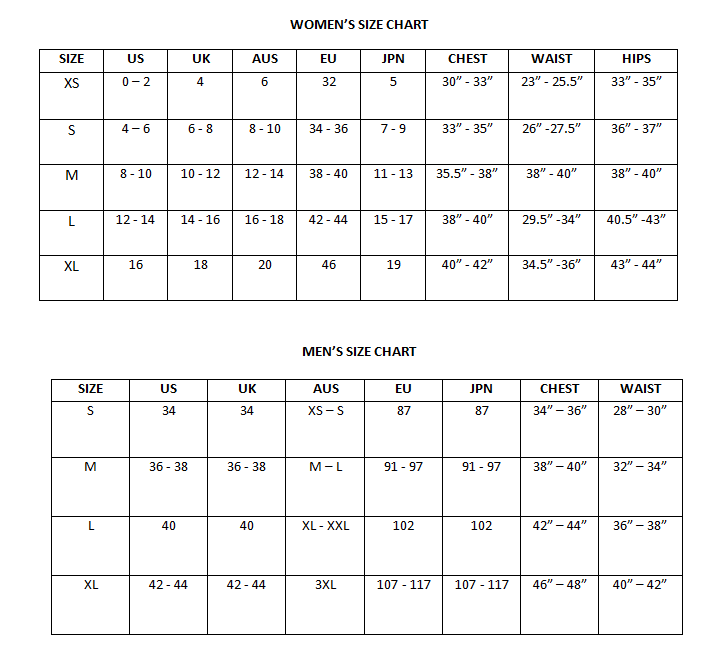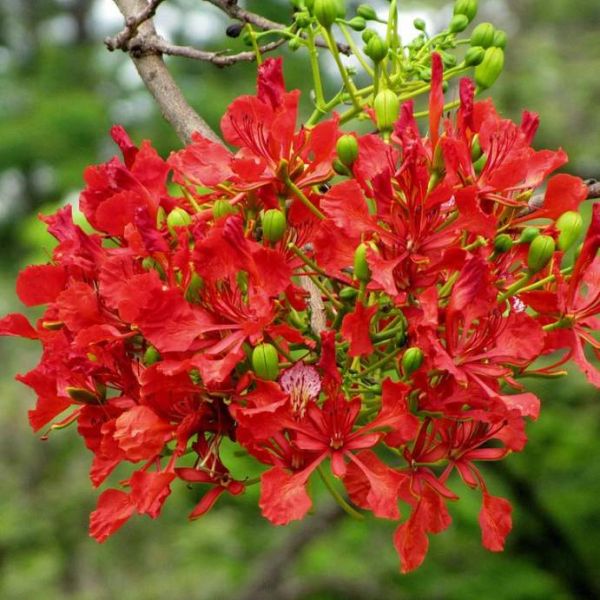Delonix Regia Seeds (Royal Poinciana Seeds, Flame Tree Seeds)
Delonix Regia Seeds (Royal Poinciana Seeds, Flame Tree Seeds)
Flowers are very abundant and will delight your garden. Can be grown in pot.

Delivery
All orders shipped with UPS Express.
Always free shipping for orders over US $250.
All orders are shipped with a UPS tracking number.
Returns
Items returned within 14 days of their original shipment date in same as new condition will be eligible for a full refund or store credit.
Refunds will be charged back to the original form of payment used for purchase.
Customer is responsible for shipping charges when making returns and shipping/handling fees of original purchase is non-refundable.
All sale items are final purchases.
Help
Give us a shout if you have any other questions and/or concerns.
Email: contact@domain.com
Phone: +1 (23) 456 789
Availability: In stock
SKU
Delonix Regia
Delonix regia Seeds – Grow the Stunning Flame Tree
Delonix regia, commonly known as the Flame Tree or Royal Poinciana, is a breathtaking tropical tree famous for its fiery red-orange blossoms and wide, umbrella-like canopy. Native to Madagascar, this fast-growing species thrives in warm climates, adding a striking display of color to any landscape.
A Spectacular Ornamental Tree
The Flame Tree is highly valued for its vibrant blooms, delicate fern-like foliage, and ability to provide ample shade. It flourishes in full sun and well-draining soil, making it an excellent choice for gardens, parks, and avenues in tropical and subtropical regions.
How to Germinate Delonix regia Seeds
Delonix regia seeds have a hard outer shell that requires scarification to enhance germination. Lightly sanding the seed coat or soaking the seeds in warm water for 24 hours will help speed up sprouting. Once planted in warm, moist soil, seedlings grow quickly with proper care.
| Common name | Royal Poinciana |
|---|---|
| Species | Delonix regia |
| Germination | First, scarify the seeds. Soak seeds in water for 2 days. Use a mix of humus, manure and garden soil. Plant at a depth of 1 « inches deep in a fresh soil. Keep it moist during the hot months and slightly humid during winter. Place your plant under a full sun, but protect it from the wind. Germination could take several months, depending on the climate. Don?t get discouraged. |
| Scarification / Stratification | Seed coats may be so hard that they are impermeable to water. They need to be scratched or broken using a knife or sandpaper, in order to germinate. Chip the seeds with a sharp knife or make a few swipes with a sharp edged file or use sandpaper to allow moisture being more readily absorbed. |
| Price View | Price Range |

